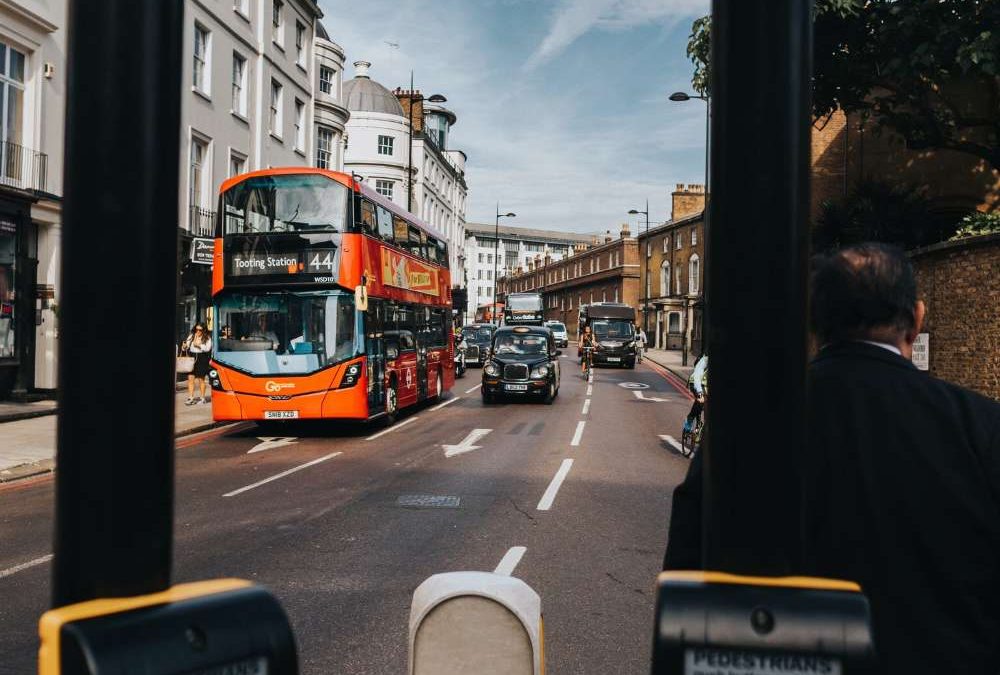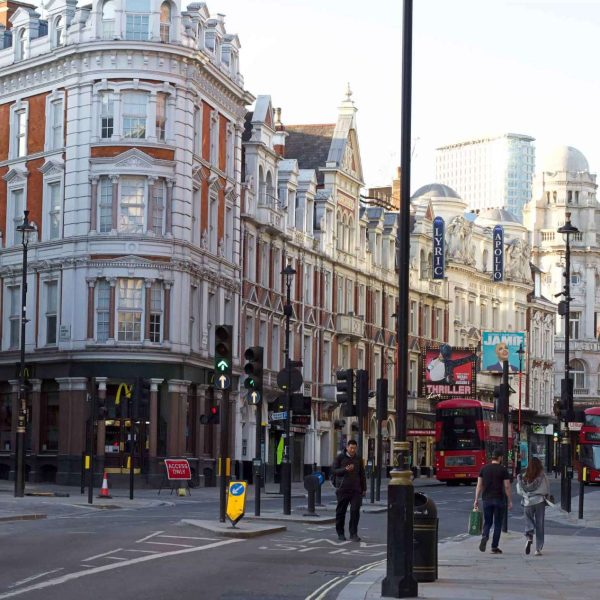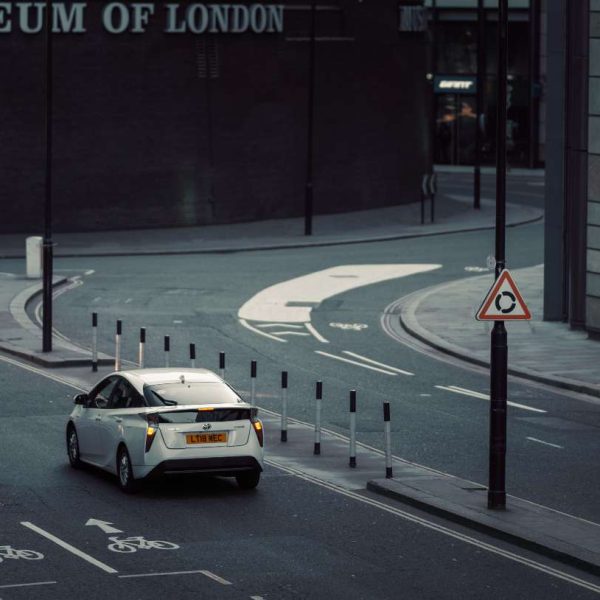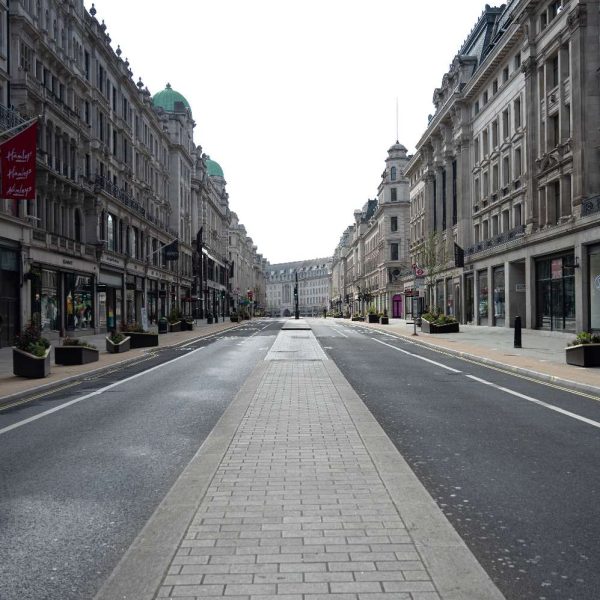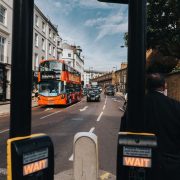
Get a Safety Boost with Traffic Islands
City streets are becoming increasingly congested as the population grows and more people rely on cars for transportation.
This has led to an increase in traffic accidents, which can be dangerous and costly. To help reduce the risk of accidents, many cities are now using traffic island demarcation to create safer streets.
Traffic island demarcation is a system of delineating lanes and intersections with raised islands made of concrete or asphalt. These islands are designed to separate traffic lanes and create a physical barrier between vehicles. By visually guiding drivers and providing a physical separation, traffic island demarcation aims to reduce the risk of collisions at intersections and changes in lanes.
One of the significant benefits of traffic island demarcation is improving pedestrian safety. These raised islands offer a protected space for pedestrians to cross the street. By creating a physical barrier between the sidewalk and the street, pedestrians are less likely to be hit by a vehicle. Additionally, the islands provide a waiting area for pedestrians, allowing them to stand safely away from moving traffic until it is safe to cross.
Beyond pedestrian safety, traffic island demarcation also contributes to reducing traffic congestion. The physical barriers created by the islands discourage abrupt lane changes and sudden turns, promoting smoother traffic flow. By reducing the number of abrupt maneuvers, the system helps to alleviate congestion and minimize travel time.
This approach to road safety and traffic management has gained popularity in cities worldwide. For instance, prominent cities like New York, Los Angeles, and Chicago have implemented traffic island demarcation to improve safety and traffic flow.
In New York City, the Department of Transportation has implemented a comprehensive system of traffic islands at intersections and major thoroughfares. These islands create a physical separation between traffic lanes, enhancing safety and guiding drivers.
Similarly, the Department of Transportation in Los Angeles has adopted traffic island demarcation to improve traffic safety and flow. Raised islands are strategically placed at intersections and along major roads, effectively separating lanes and reducing the risk of accidents.
In Chicago, the Department of Transportation has also implemented traffic island demarcation to enhance safety and traffic management. Intersections and major thoroughfares have been equipped with raised islands to provide a physical barrier between traffic lanes.
The implementation of traffic island demarcation has proven to be an effective strategy for reducing accidents and improving traffic flow. The physical separation between lanes discourages abrupt maneuvers and promotes smoother lane changes and turns. Consequently, this reduces the number of vehicles on the road and enhances travel efficiency.
Moreover, the addition of raised islands provides a safe environment for pedestrians. With designated waiting areas on these islands, pedestrians can comfortably wait until it is safe to cross the street. This not only enhances pedestrian safety but also contributes to the overall functionality and harmony of the city streets.
In conclusion, traffic island demarcation is a valuable tool for enhancing safety and reducing traffic congestion in city streets. By creating physical barriers between lanes, this system promotes safer and more considerate driving behavior. Additionally, the islands provide a protected space for pedestrians to cross the street and wait for traffic to clear. As more cities adopt traffic island demarcation, the streets will become safer, more efficient, and more accessible for all users.



